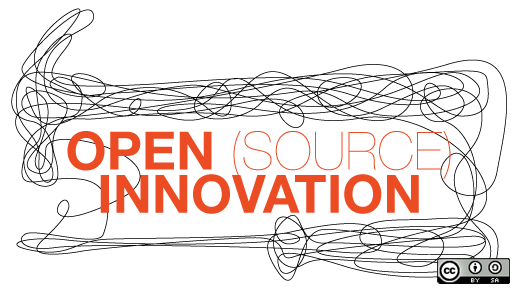
Among the standout newcomers is Ballerina, designed specifically for cloud-native application development with built-in support for network-aware programming. Its focus on integration capabilities makes it a promising choice for enterprises embracing microservices architectures.
Another notable addition is Red, a language inspired by Rebol but with a modern touch, aiming to simplify concurrent and parallel programming tasks. Its lightweight syntax and powerful concurrency model appeal to developers seeking efficiency in multi-threaded environments.
For those intrigued by functional programming paradigms, Gleam provides a fresh take by leveraging the robustness of the Erlang ecosystem while introducing static typing. This combination aims to enhance reliability in distributed systems, where fault tolerance and scalability are critical.
Developers keen on exploring alternative approaches to web development might find Deno appealing. Created by the original developer of Node.js, Deno emphasizes security and modern JavaScript features out-of-the-box, challenging traditional server-side scripting norms.
Rounding out the list is Zig, a language prioritizing performance, safety, and readability. Positioned as a versatile alternative to C and C++, Zig offers modern conveniences such as optional memory management and compile-time execution, catering to developers aiming for both speed and reliability.
Each of these languages brings something unique to the table, whether it's advanced concurrency models, security-first designs, or enhanced developer productivity. As open source projects, they benefit from community-driven contributions and are poised to evolve rapidly in response to user feedback and industry trends.
While these languages may not yet have achieved widespread adoption, their potential to disrupt and innovate within specific niches of software development is clear. As developers continue to explore new tools and frameworks to solve complex challenges, these emerging languages represent promising avenues for experimentation and advancement in the field of programming.